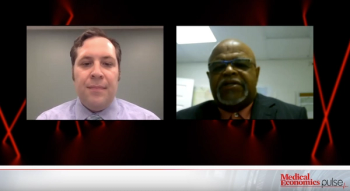
Jon Regis, MD, explains how he set up a virtual office using remote patient monitoring to help his practice thrive during the COVID-19 pandemic and into the future.

Jon Regis, MD, explains how he set up a virtual office using remote patient monitoring to help his practice thrive during the COVID-19 pandemic and into the future.

Practices must take these steps to ensure they are ready.

The way forward is to accelerate the evolution of how physicians are paid for providing care
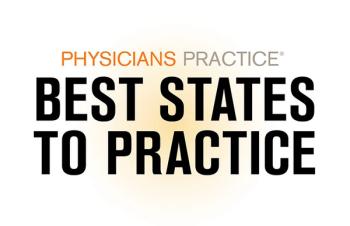
Find out what states ranked from 40 to 31.

It’s important to have a strategy that addresses how your practice will continue operating in the new COVID-19 world.
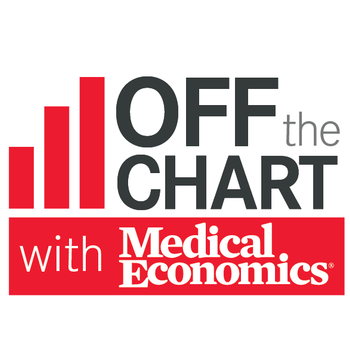
Rebecca Etz, PhD, co-director of the Larry A. Green Center, discusses the challenges facing primary care practices during the COVID-19 pandemic and what practices must do to meet them.

What impact will telehealth have on patient outcomes and physician reimbursement? Jeremy Gabrysch, MD, CEO of Remedy, discusses telehealth and other changes in health care.

Physicians might not get the most bang for the buck in these states.

The extension continues the loosening of telehealth regulations.

The equipment is being provided to internal medicine physicians.

The guidance focuses on compliance with Title VI of the Civil Rights Act of 1964.

Stakeholders are working to automate the prior authorization process, pending the release of standards from CMS.

Recruiters are saying that the market for doctors has softened.
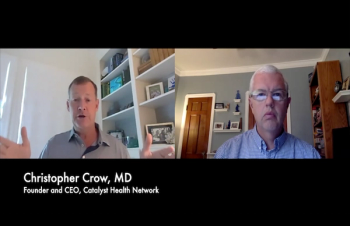
Being adaptable to technology and planning is key.

Researchers estimate that about 48 million nonelderly people will be part of a household with someone who loses their job due to the pandemic.

The online retail giant will work with Crossover Health on the new clinics.

Population health means a patient’s long-term health matters as opposed to treating each sick patient as an isolated transactional episode.

About two-thirds of respondents say the effort required to find, access, and pay for care is an excessive burden.
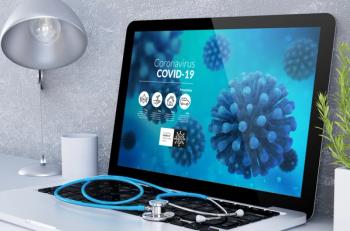
With in-person visits down, social distancing measures in effect and no current COVID-19 vaccine, physicians are leveraging new digital tools to survive.

Returning to normal patient volumes will take a detailed plan and continued effort.

More than a third of respondents say they are not ready.

If you’re hiring or looking to hire amidst a pandemic, you will have to up your recruitment game.

For full forgiveness, practices must use the funds as outlined in the law.

Because the majority of physicians are white and male, the unconscious assumptions they may hold about patients who are neither white nor male can lead to inappropriate treatment decisions, and on a larger scale, worsen disparities in health outcomes.

Physicians now have to deal with new patient safety risks and other management challenges resulting from the COVID-19 pandemic.